7 Best Beginner-friendly Aquarium Plants: Why & when to choose these?
Check Our Quick Stories
A planted tank is way better than a fish-only tank. This is because aquatic plants help to mimic the natural habitat for fish in the aquarium.
Now as a beginner you must know a little bit about aquatic plants if you want to build a successful planted tank. It is because each and every plant requires a different level of care. So you shouldn’t choose a plant unknowingly that is hard to take care of.
Choosing the right aquatic plant for an aquarium is the first step of it and this article will help you to do that. So without wasting time let’s dive deep into the topic.
Top 7 beginner-friendly aquatic plants
The main characteristic of being a beginner-friendly aquatic plant is its low care level. It is because a beginner may not have proper knowledge or time to take care of those plants for aquariums. So the plant must be hardy enough.
These 7 recommendations from us are all hardy plants. However, you must choose plants according to the tank size and your long-term goal. We’ll help with it.
-
Marimo moss ball

If you are just starting your first planted aquarium then you must definitely try this sweet aquarium plant. We are calling it
‘sweet’ just because of its shape.
A marimo moss ball does not look like other plants. Its completely round or oval shape attracts aquarists the most. It does not have any type of roots, leaves, and all. This green round ball-shaped plant feels spongy enough.
Actually, this plant is not a true aquatic plant. It is a type of algae that forms this type of round shape because of underwater river flows. Another significant characteristic of marimo moss is that it lives for more than 100 years. This is not applicable for false marimos.
However, it sheds sometimes due to some reasons. To know those reasons go here to read an in-depth guide about it.
Care Guide – The care level of this plant is almost zero. It means you can just put this into your aquarium and sit back. However, you should remember some factors before putting marimos in.
Marimo moss balls originate from very cold water in Japan. So you must keep your water temperature low to keep marimos healthy.
This can be kept in small jars or in big aquariums too. So size won’t be a problem for it. Besides this, marimos can propagate. So you can make other small-sized marimos from one big marimo ball. However, weekly water change is required to keep this healthy too.
Why & when should you choose marimo moss balls?
Marimo Moss Balls are a structured form of algae and take very small places to stay. You should choose these when you are inexperienced and don’t have a big or medium-size tank. It is good to keep if you have children in your house just because of its unique shape. This won’t die soon if it is a true Marimo Moss Ball.
Read more:- Definitive Care Guide of Marimo Moss Ball with Infographics
-
Amazon Frogbit

Amazon Frogbit is one of the best low-maintenance aquatic plants. If you want to build a new planted aquarium then it should be on your priority list.
This plant has a special characteristic like Marimo Moss Balls. It is completely a floating plant and does not require soil or substrate. So this is suitable for a bare bottom tank too.
Care Guide – Despite being a low-maintenance aquatic plant, you must have a little bit of knowledge on how to care for Amazon Frogbit. As Amazon Frogbit is a hardy plant so it grows in any condition. Generally, other external factors can’t affect Its growth rate.
This is why you have to control its growth by trimming. Otherwise, it will cover the whole surface of the water and this may cause oxygen depletion in the water column.
You must remember that the top surface of Amazon Frogbit should not be wet anyhow. The whole plant may rot just because of this.
Furthermore, the main drawback of having this plant is the snail issue. If your aquarium has Amazon Frogbit then it’s a good condition to grow snails. However, this can be minimized by keeping this plant at the center of the water surface.
Why & when should you choose amazon frogbit?
If you have baby fish or if you want to breed any of your fish then Amazon Frogbit is a very good aquatic plant for your aquarium. Some types of fish have a habit of eating their own babies. At this time their fries can hide under Amazon Frogbit. On other hand, this is suitable to use if your tank is getting direct sunlight from the top of the surface somehow. This helps to keep the water temperature moderate.
Read more:- Are Floating Plants Good For Aquariums? 7 Floating Plants Recommendations
-
Hornwort

If you haven’t liked previous options of aquatic plants then hornwort may be a suitable option for you.
Lots of aquarists prefer to have true aquatic plants in their aquarium. From this perspective, hornwort can be considered a true aquatic plant. This plant has roots and due to this, you can fix this in your soil substrate.
Not only that but this can be fixed as a floating plant also. This is the main benefit of having hornwort in your aquarium. Hornwort has a unique shape of its leaves. This unique shape helps small fish to hide. So consider this before choosing an aquatic plant for your aquarium.
Care Guide – Hornwort is very easy to take care of just because it is considered a hardy plant. It can tolerate a high range of temperature (15°C to 30°C). Besides this, this plant grows comparatively faster than other aquatic plants. So you do not have to wait for a long time for it.
Despite being hardy and low-maintenance aquatic plants, you must control the light and the temperature well. Hornwort grows very quickly if they get an excessive amount of lights and warm aquariums. At this point, it may consume all the nutrients fast. So it is not recommended not to keep any other aquatic plants with it in the same tank.
Read More:- Top 7 Friendliest Fish Breeds For Your Aquarium
Why & when should you choose hornwort?
Choosing hornwort as an aquatic plant will be aesthetically pleasing for your aquarium. Furthermore, it is cheaper than any other similar type of plant.
Besides this, you can use it as both a submersible or floating plant. So it will be suitable if you want to build a brand new low-tech planted aquarium in your home.
-
Java moss

If you want a totally green aquarium then Java Moss is one of the significant options for you. Thousands of aquascapers use this cheap plant as the base of the planted fish tank.
Java moss is mainly used as a carpet of a fish tank. If you want to cover the substrate to make it aesthetically beautiful then Java moss can do this very well. Not only that, but Java moss can grow alone well too.
However, it does not have proper roots and all so you cannot just fix it with substrate and leave. You have to have a little bit of experience in planted tank making.
If you do not have money then also you can build your aquarium aesthetically pleasing with only Java moss. In this case, you just need some good driftwood and java moss. Java moss can grow on it and you can shape it by yourself. This way you can create small trees inside of your aquarium. This is so amazing.
Care Guide – To take care of Java moss is actually easy. Anyone can build their planted aquarium with it.
However, they must control the lights. High intensity of light can help this plant to grow algae over it. So daily 8 hours of light is enough for it. As this is suitable for a low-tech planted aquarium so providing CO2 is not necessary for it.
A little bit of trimming is required to keep this plant in shape. So you must not ignore trimming. If you have used driftwood then weekly trimming is a must.
Java moss can clog water flow in your aquarium too. This is one of the main drawbacks of having thick layers of java moss. This occurs due to a lack of maintenance.
Read more:- Do Planted Tanks Need CO2? Mostly Asked 5 Concepts Have Been Cleared
Why & when should you choose java moss?
Java moss is the most suitable for a colorful shrimp tank. If you want to keep shrimp as a pet then consider Java moss as a basic requirement.
Furthermore, you can use it to decorate the tank well. It is very useful to cover the substrate. So use this plant as a green carpet.
In addition, you can use java moss to make DIY trees with the help of some fine driftwoods. This will help to increase the aesthetic view of your planted aquarium.
If you want some fine driftwoods then you can check this link. These driftwoods are most recommended to you by us.
-
Anubias
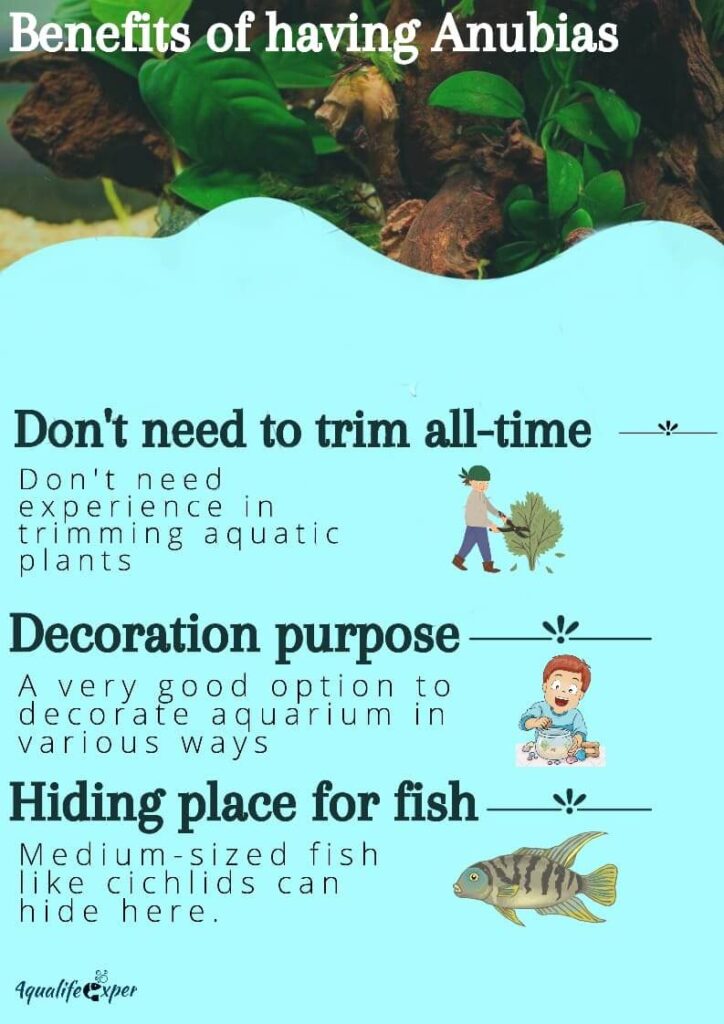
Anubias is one of the most popular aquatic plants in the aquascaping hobby. When people think of building a planted tank then anubias come first as an option of a plant.
This has strong roots and we can call it a true plant. It has medium-sized leaves that help to cover some spaces of the tank.
Anubias is such a plant that can be used as foreground, midground, even a background plant of an aquarium. However, make sure to plant small size anubias as foreground plants of your aquarium. Driftwoods add some extra aesthetic view with it.
Anubias is a great aquatic plant with which you can cover the ugly parts of the aquarium. It grows vertically as well as horizontally too. This type of growth of anubias helps different types of cichlids, and angels to hide behind it.
This plant is a very good option to add natural oxygen to Your tank. It absorbs nitrates and other hazardous gases too, which helps to keep the aquarium healthy.
There are different types of anubias you can find. These are Anubias Barteri, Anubias gigantea, Anubias Nana Petite, Anubias Afzelli, Anubias Lanceolata & Coffefolia. You can choose any one of these.
Read more: – Toxic Plants for Betta Fish (Top 7 with Pictures)
Care Guide – The care level of anubias is very easy. It can tolerate a high-temperature range. So you do not need to think about it much.
A very small aquarium is not suitable for anubias. However, for a big planted tank having anubias is the most recommended to you by us. You can plant it directly on the substrate or with driftwoods. For this, good quality driftwoods are required.
This plant requires a medium intensity of light. 1.8-3 watts per gallon is required to keep this plant healthy.
Sometimes anubias become yellowish and promote algae growth in the aquarium. So you must be aware of this issue. The depth of water must be at least 12inches deep if you put anubias underwater to keep them healthy.
Why & when should you choose anubias?
If you are lazy at trimming plants or if you have a lack of experience in it then anubias maybe your aquatic plant. You can decorate your aquarium with it by providing very little trimming.
Furthermore, these are extremely good as hiding places for medium-sized fish. Besides this, anubias helps to cover the corners of the aquarium. You can use this plant as a foreground, midground, and background plant too.
Read more:- Is Soil Mandatory to Grow Plants in Aquarium? Know The Real Truth
-
Rotala rotundifolia
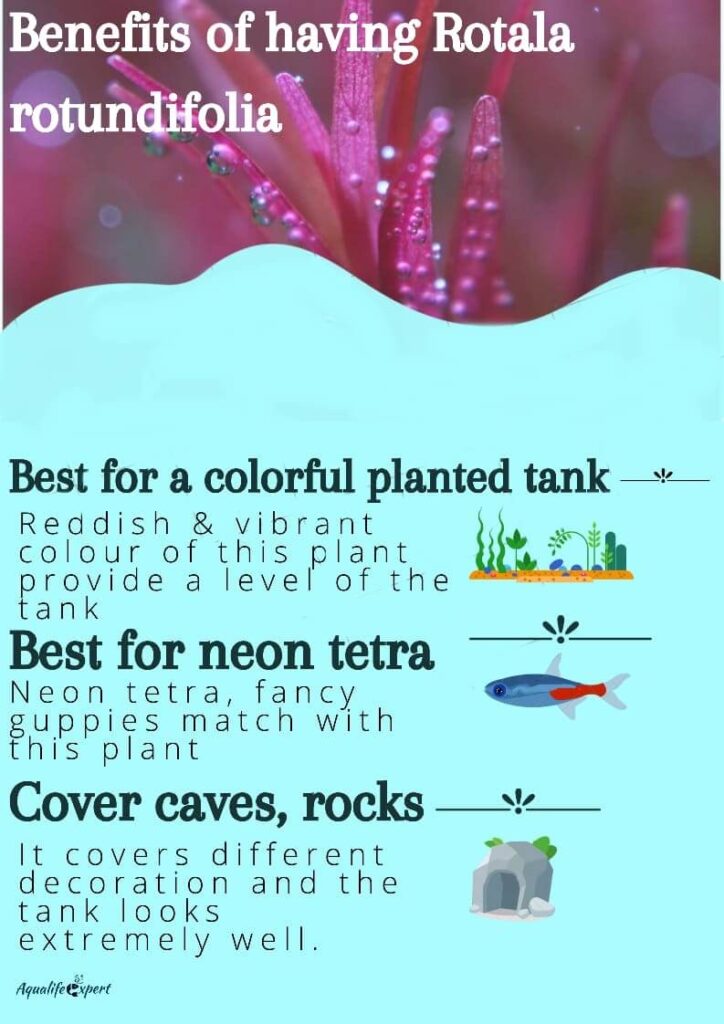
Lots of beginner aquarists think a planted tank means only a green tank. However, it is not completely true. You can add extra colors in your planted tank too
If you have planned to build your tank like this then rotala rotundifolia is one of the most suitable plants for you. The red color of this plant will definitely add an extra aesthetic sense to your tank.
To build a planted aquarium with the help of these plants you need a little bit of knowledge and experience that you can gather from our ‘aquatic plants’ section too. However, knowledge is required just for decoration purposes of the tank.
Care Guide – Rotala rotundifolia is not just an easy plant to keep. However, you, a beginner, can keep this plant healthy too with proper knowledge. Just remember, this plant requires CO2 & high intensity of light for better coloration.
This plant can live without CO2 too. So you don’t need to provide external CO2 if you don’t have money to purchase right now. However, you shouldn’t compromise with light for this plant.
You should check nitrates to keep this plant healthy. Lower than 5ppm nitrates is good for this plant. You can get a cheap nitrate checker from Amazon easily.
Trimming is one of the most required factors to build a properly planted aquarium with the help of this plant. Without trimming the aquarium will be a mess and algal bloom may occur which is not good actually. Try to fix this plant at the backside of the aquarium that looks better.
Why & when should you choose rotala rotundifolia?
To build a colorful planted aquarium, rotala rotundifolia is the most suitable option for aquascapers. Neon tetra, fancy guppies, colorful mollies, etc. will add extra fabulous colors if you keep these in your planted tank made by rotala rotundifolia.
To cover different types of rocks, caves, this plant is impeccable. So don’t hesitate to purchase this plant right now. The vibrancy of this plant opens more when it is planted in an aquarium with java moss.
-
Guppy grass
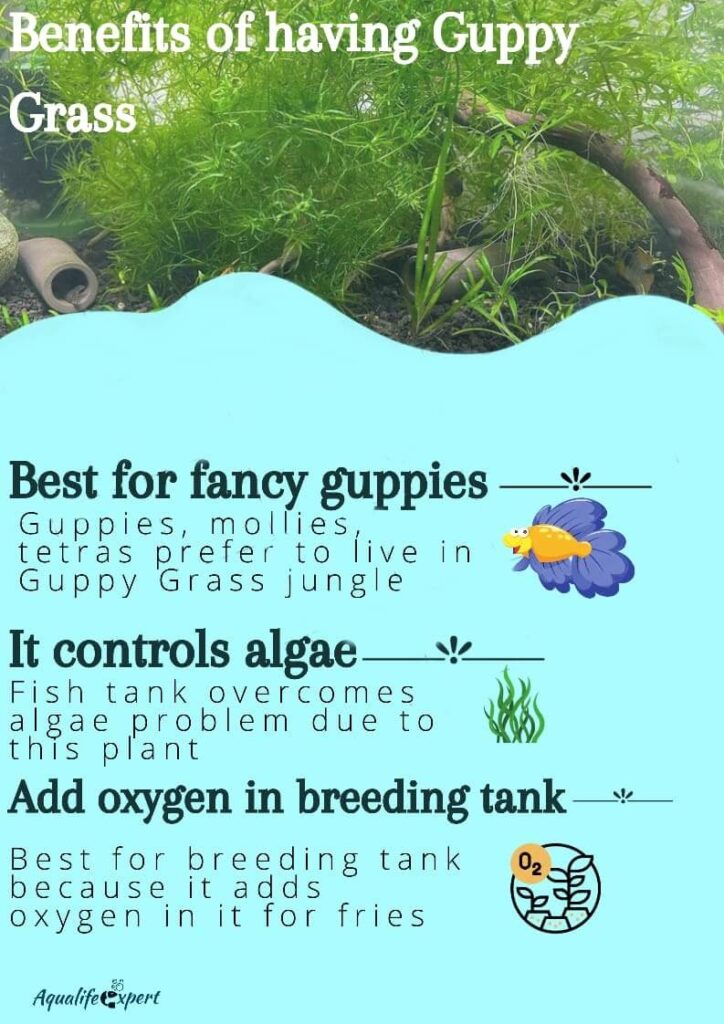
If you are a guppy lover then you must know about this plant. The name of this plant is saying it all.
Another name of this aquatic plant is najas grass. Not only guppies, but It is suitable for small aquarium fish and shrimp. Neon tetra, mollies, rasboras, etc. prefer this plant very well. These newly hatched fish fries prefer to be hidden.
This plant reduces the algae problem of the aquarium too. By absorbing different types of excess nutrients they keep the whole aquarium clean and healthy.
This plant can grow as a submerged plant or as a floating plant. However, the outlook of this plant changes according to the fixing pattern.
Care Guide – The care guide of guppy grass is quite simple and straightforward. You need some trimming accessories for it to control its growth in the aquarium. These accessories you can find on amazon, recommended by us. Proper trimming is required for guppy grass to build the tank aesthetically beautiful.
This plant does not require any external co2 or fertilization. So from this perspective, this is a low-tech plant. This plant can tolerate a wide range of temperatures. It requires low-intensity lights to grow. However, that light should be turned on for a minimum of 8 hours to 12 hours.
Read more:- Fertilizing Aquarium Plants (Infographics): Basic to Advance
Why & when should you choose Guppy grass?
One of the main benefits of having guppy grass is breeding. If you want to breed small fish in your aquarium then you must consider this aquatic plant. Besides this, guppy grass is effective to control the algae too. If you do not have money to provide oxygen in your breeding tank then use guppy grass to promote oxygenation.
Final thoughts
All of these aquatic plants are beginner-friendly and very useful to build a successful planted aquarium. Now you must be aware of the long-term goal of your tank.
According to that goal, aquatic plants should be chosen. Here we have explained properly why & when to choose these plants for your aquarium with their proper care guides. So read these guidelines carefully and be a successful aquascaper.

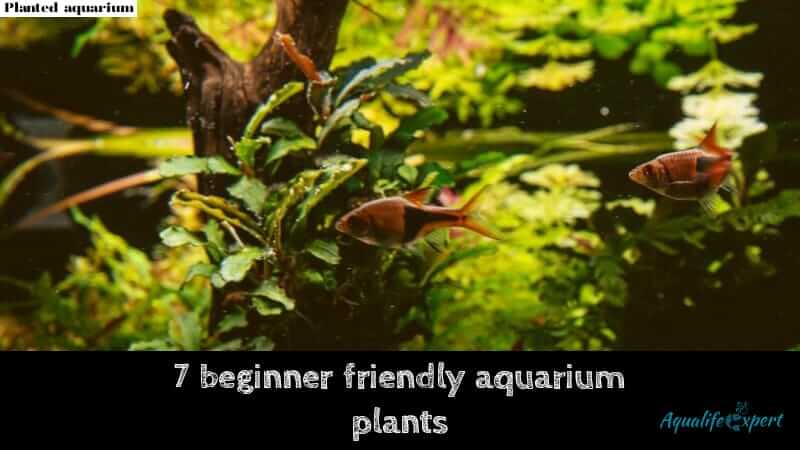

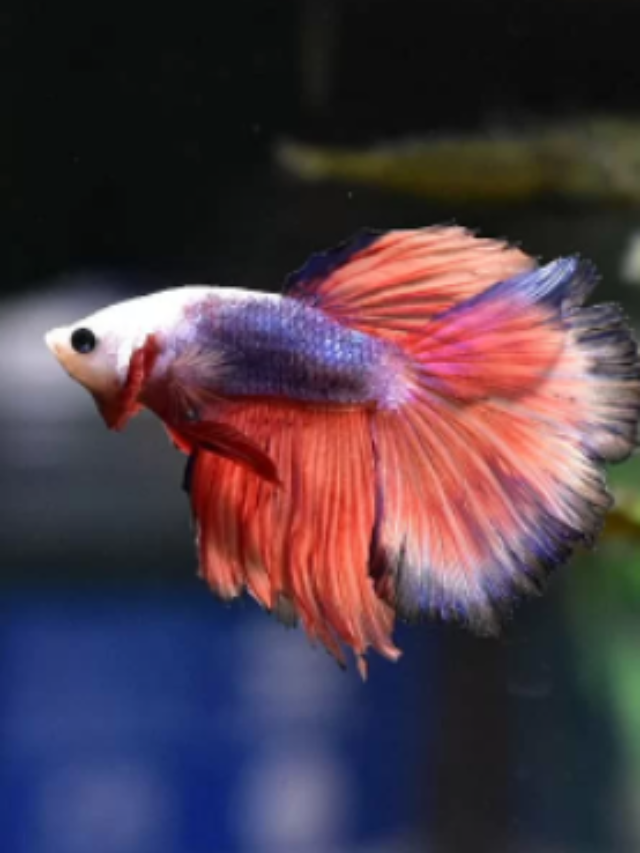

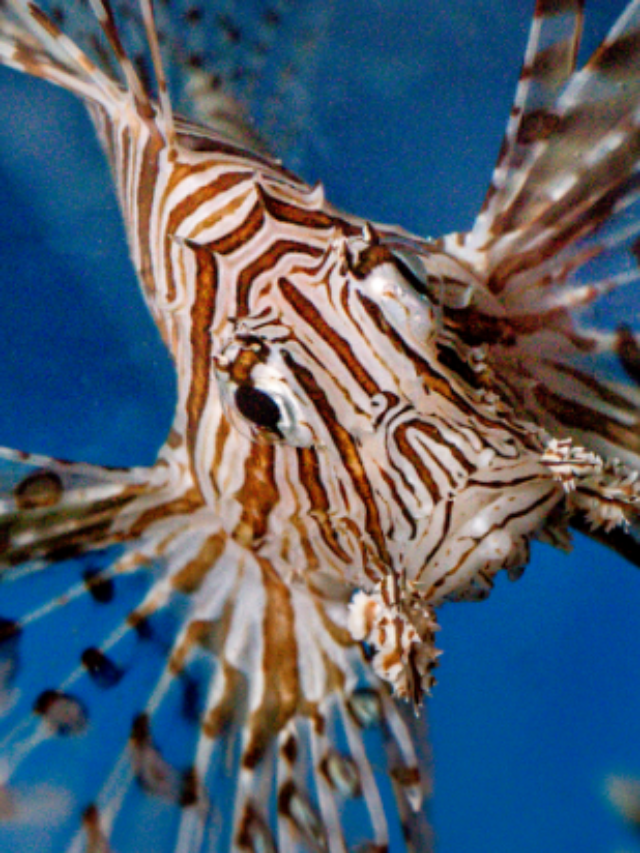

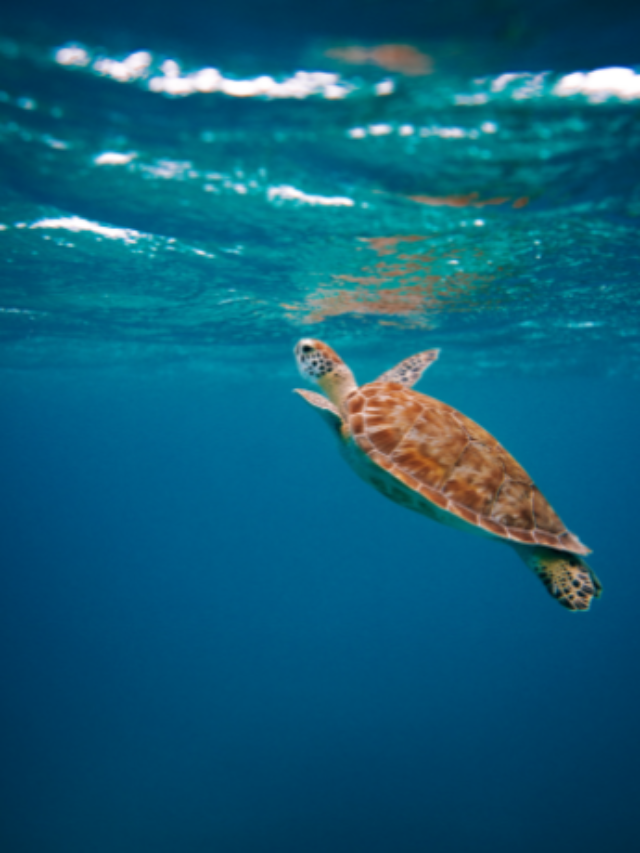
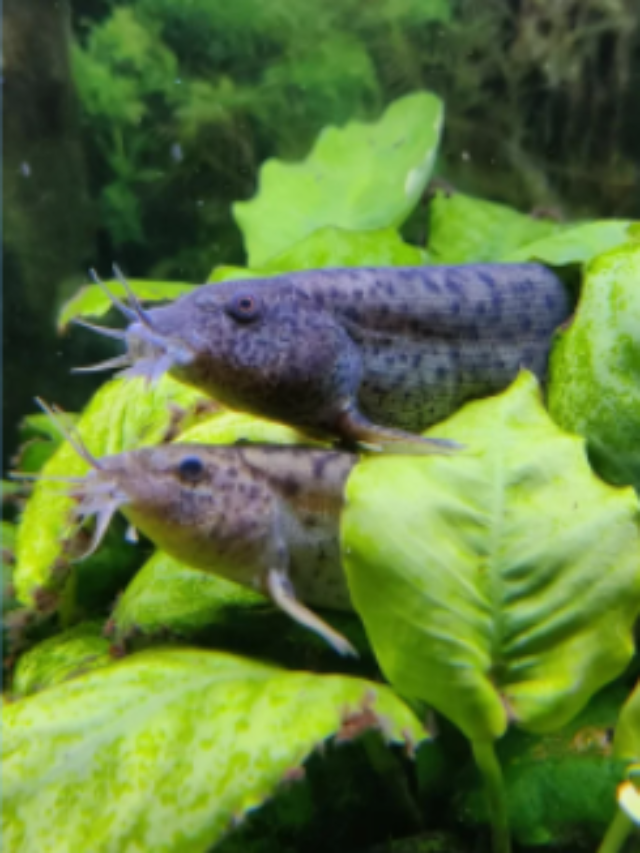
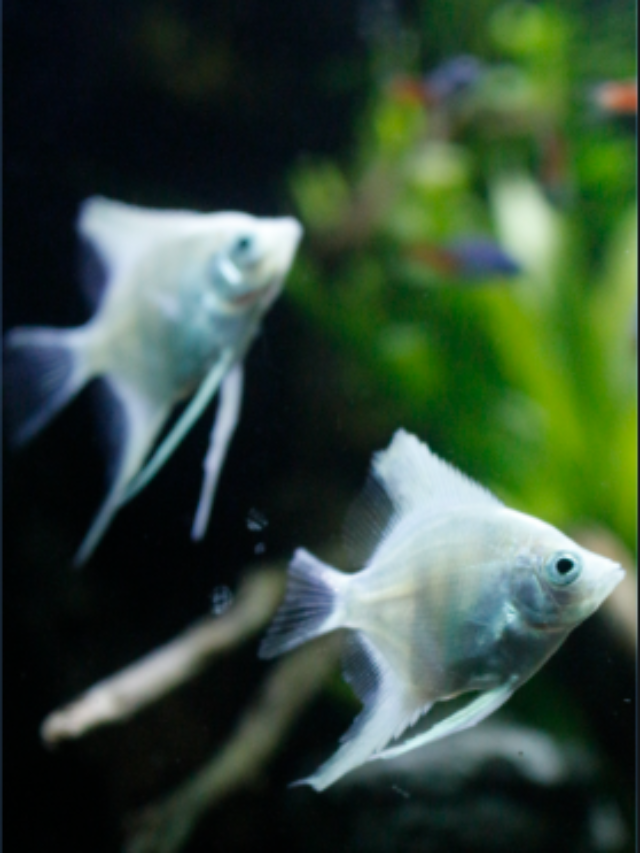
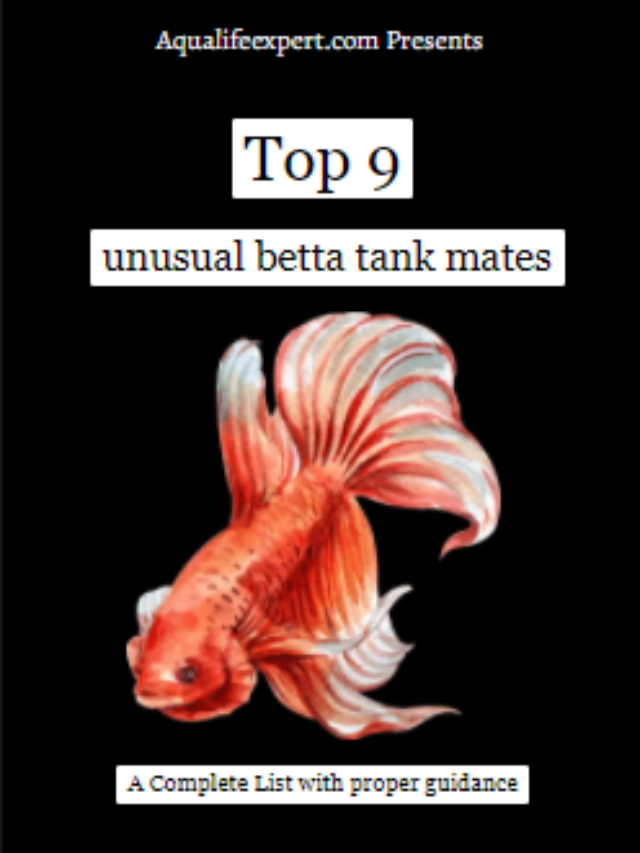

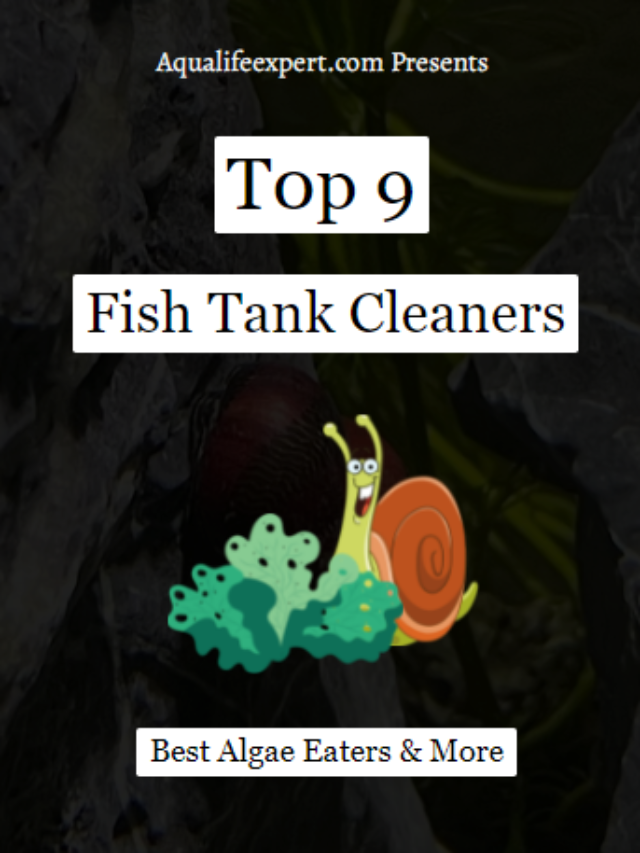




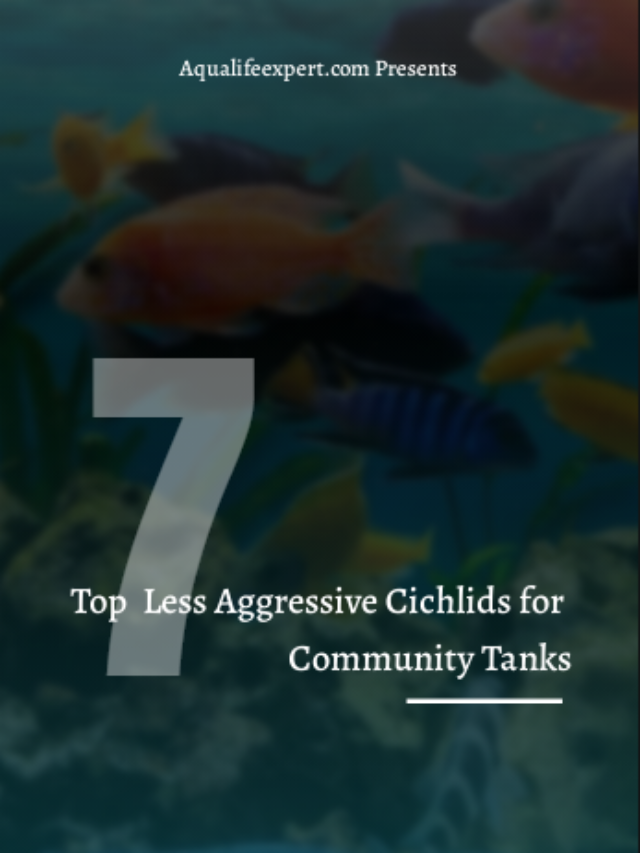
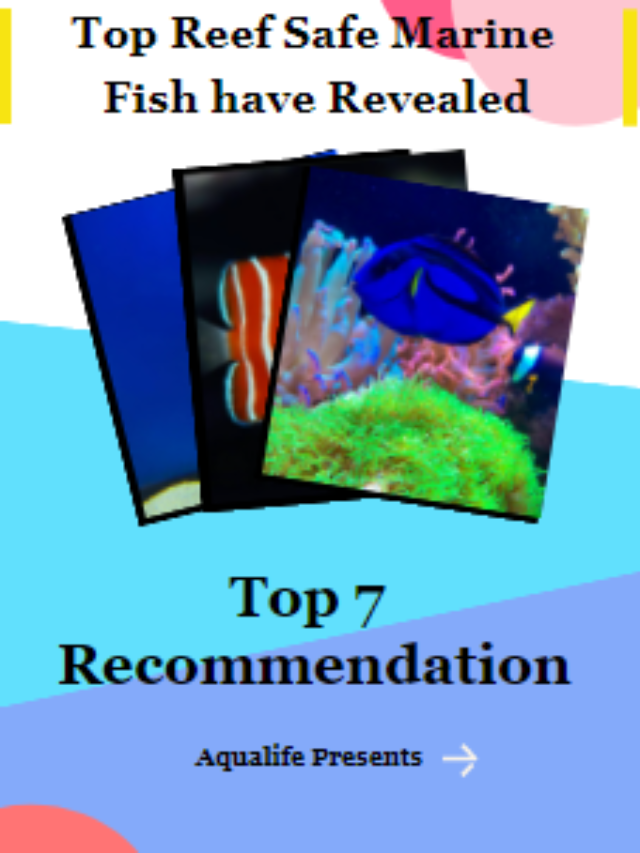


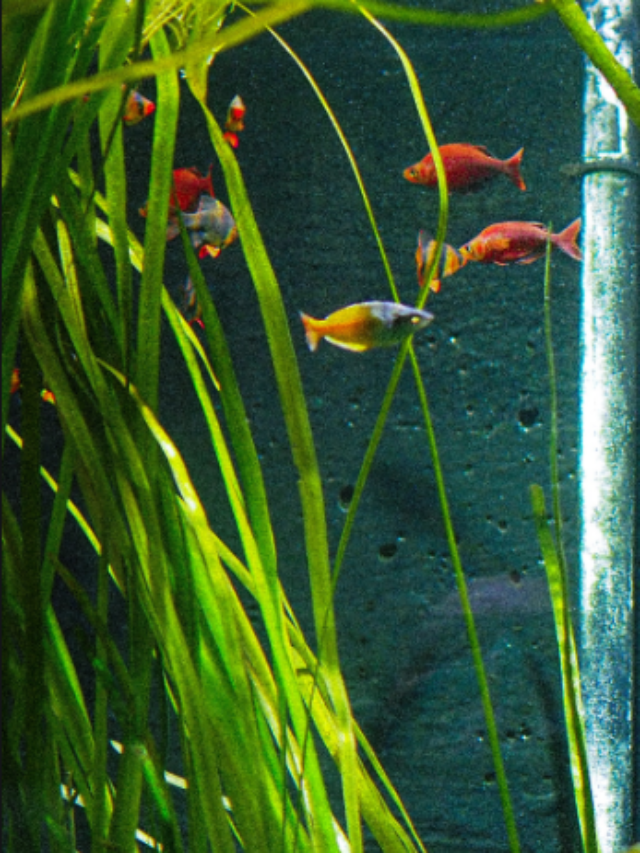



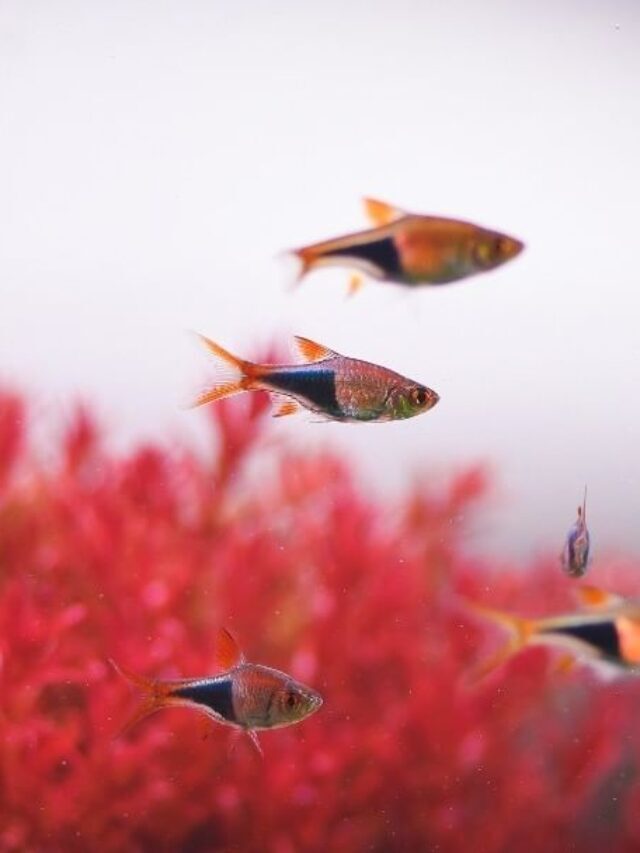

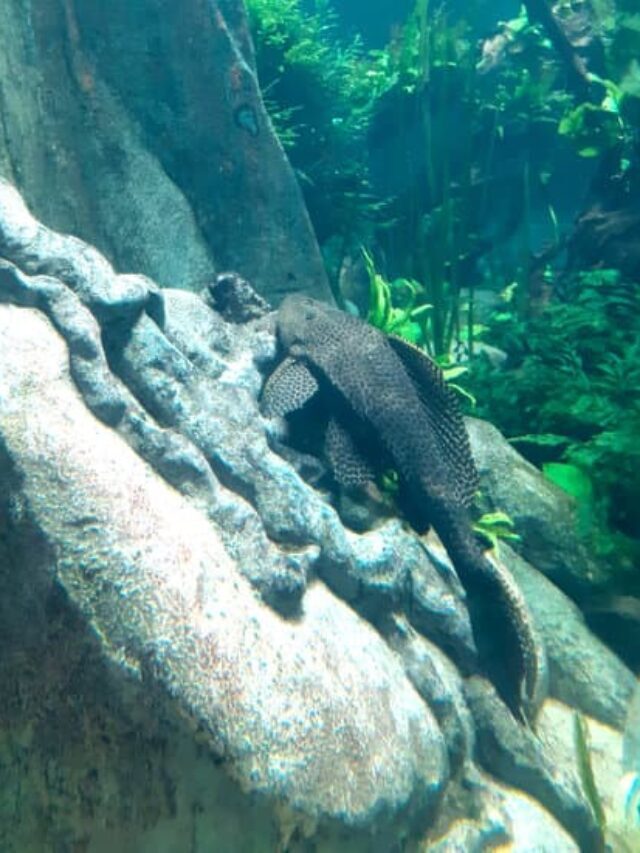
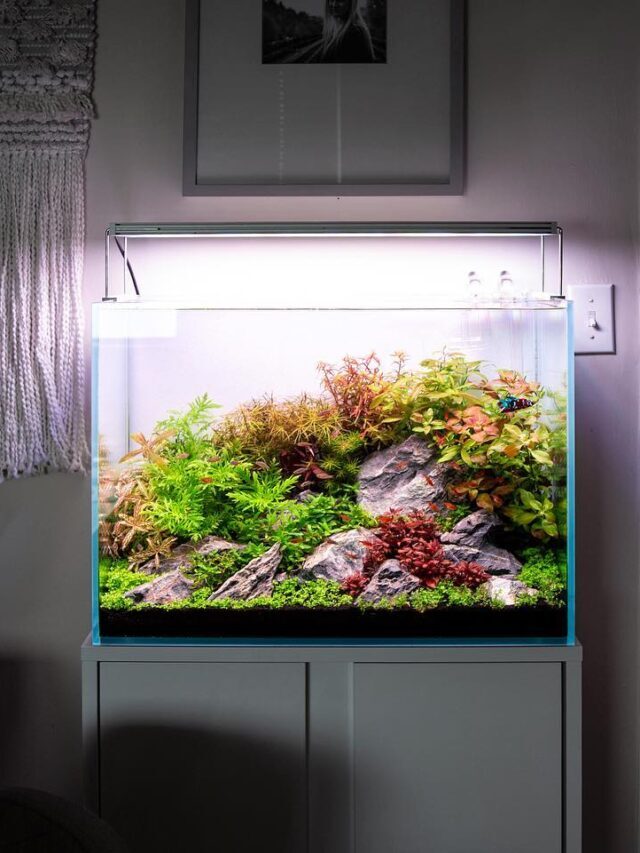
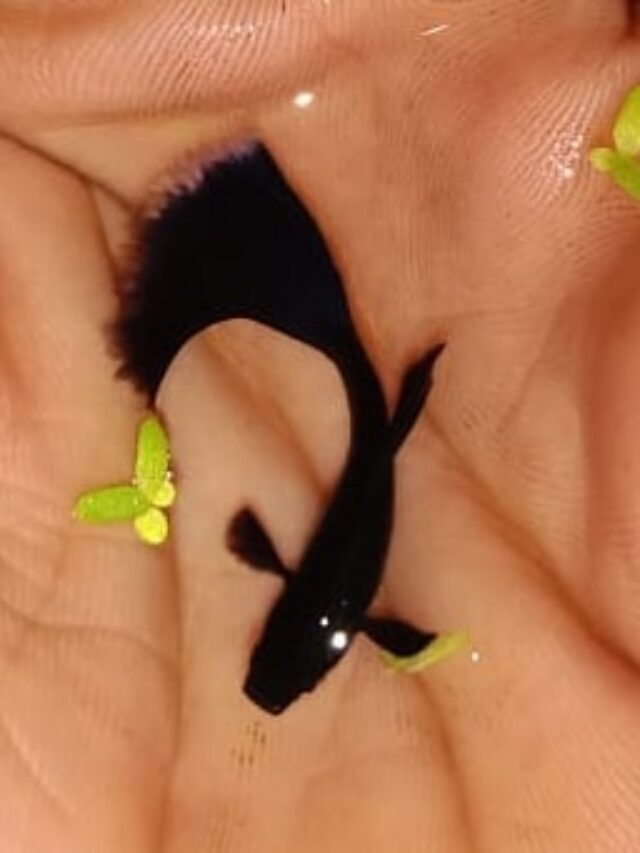
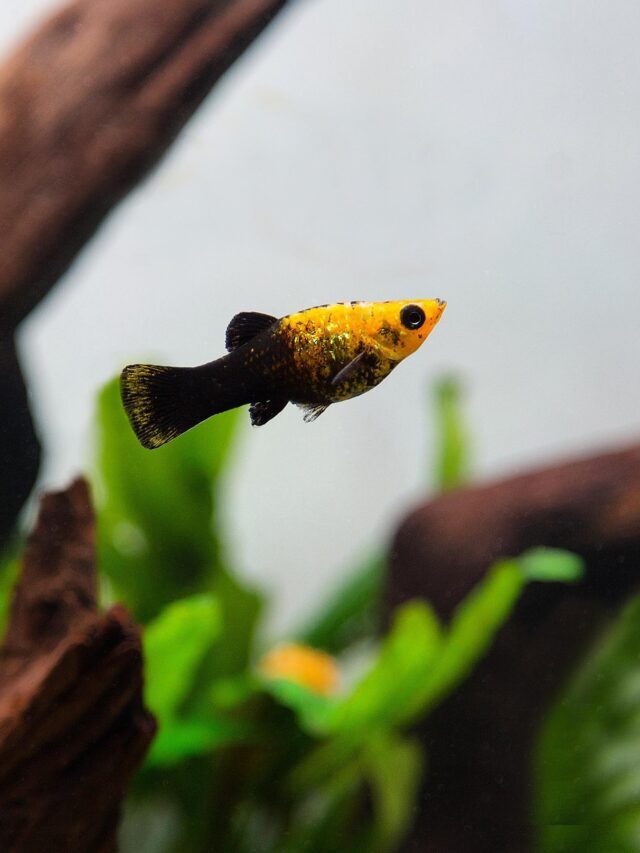
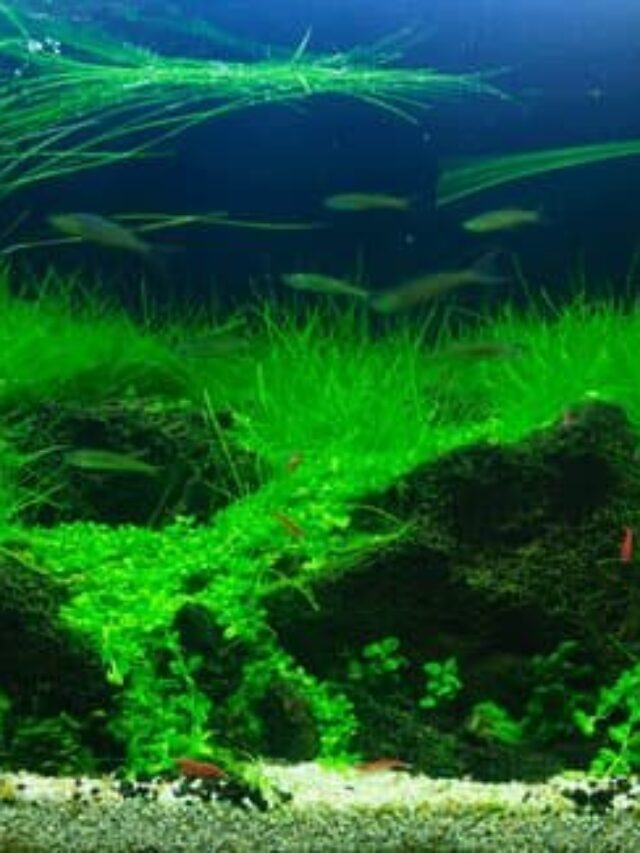
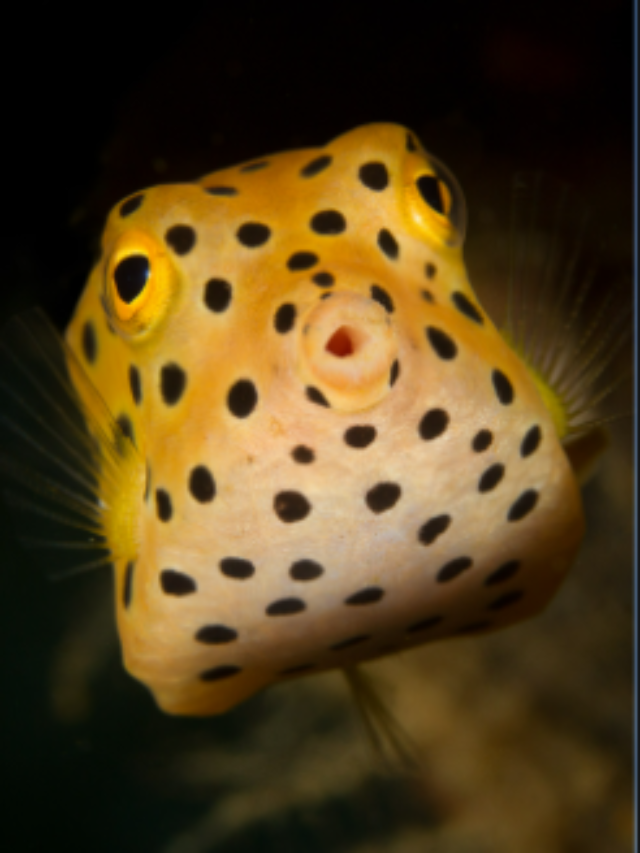


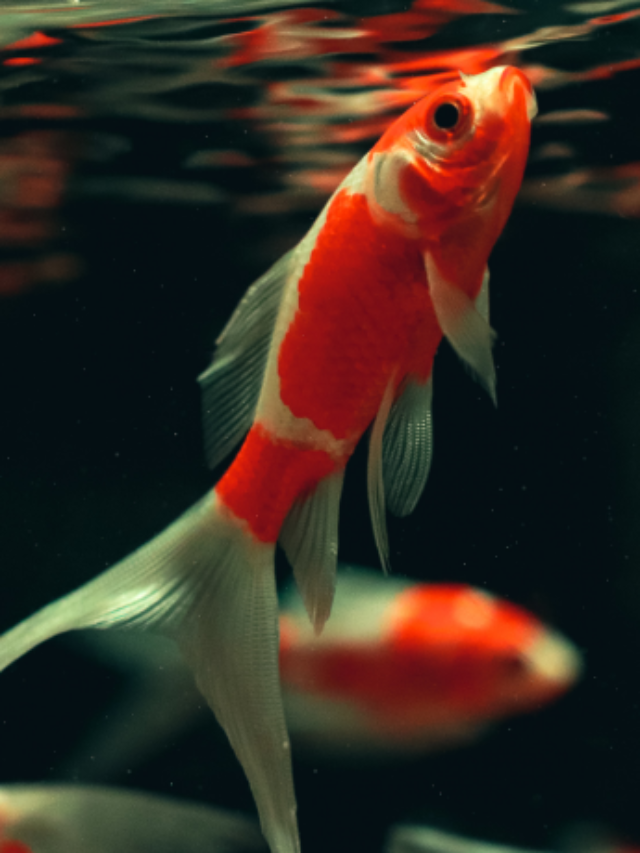

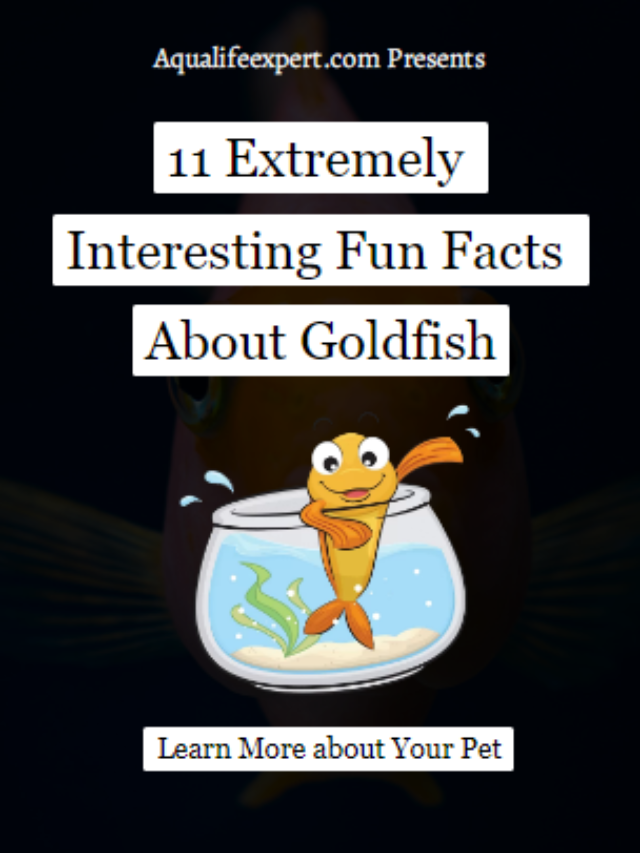
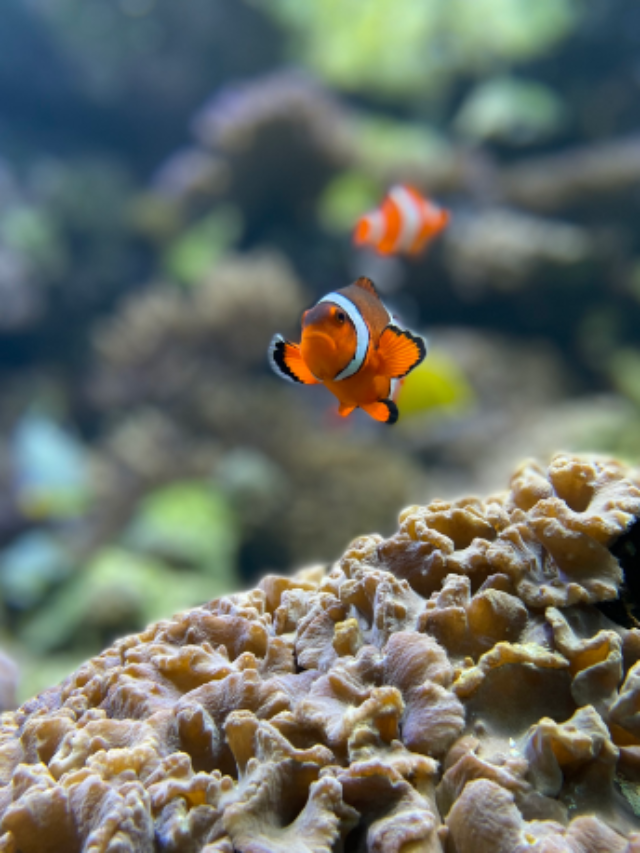
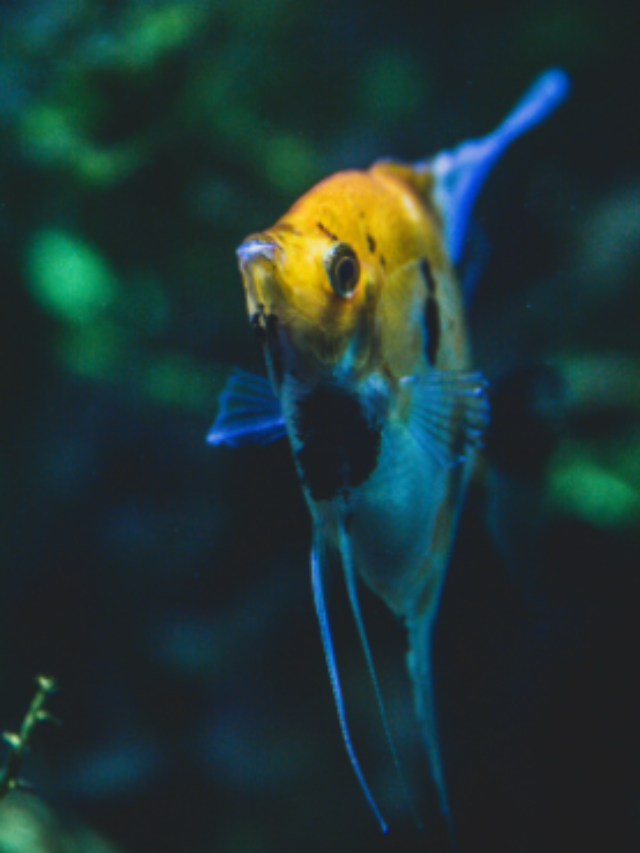

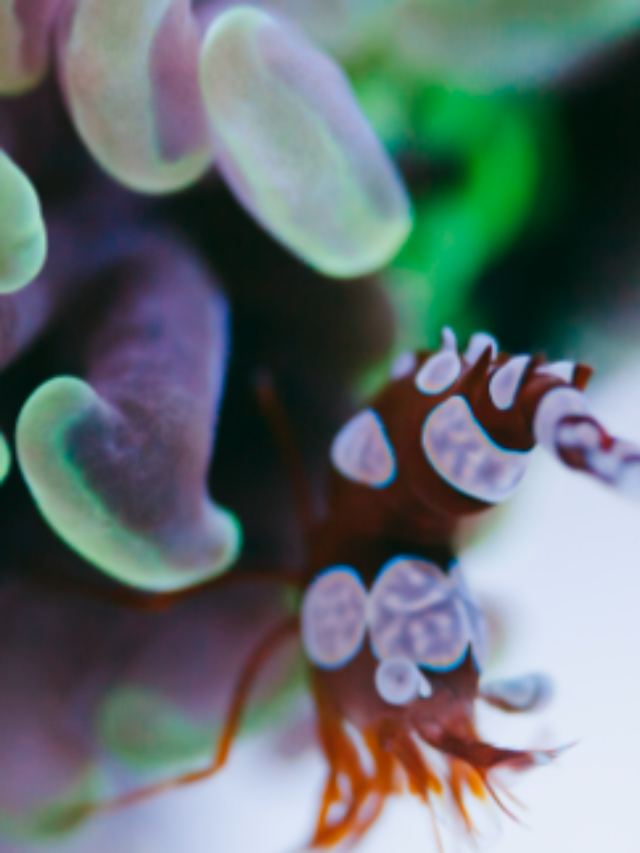
Great article! This is the kind of information that should be shared across the internet.
Disgrace on the seek engines for now not positioning this publish higher!
Come on over and talk over with my site . Thank you =)